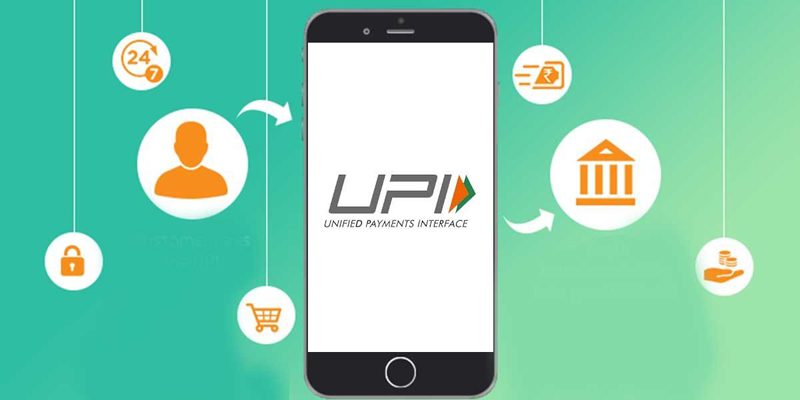UPI is a solution for providing real-time mobile payments that interoperate with many government-led digital payment products. It is an interface for payment service providers to use services developed by the Indian Payments Corporation NPCI, with the underlying system performing immediate transactions between bank accounts.
UPI-based mobile payments are expanding rapidly, and the total digital payments market in India is expected to increase fivefold to $1 trillion by 2023, mainly due to the increase in mobile payments. Both institutions and technology underpin the foundations that allow for rapid growth.
UPI offers the world’s cheapest digital payments, with no transfer fees below $40 and 0.3% above $40. The fruits of improving the economic infrastructure are brought to the unbanked, which accounted for most of the population. It also guarantees the great potential of India’s digital economy.
The first two to seven chapters provide background on UPI and its provider, NPCI, in policy and finance. The remaining chapters 8 to 13 touch on technical aspects. Those interested in a more technical background are encouraged to consult the NPCI documentation from the references at the end.
Background of UPI
Among the NPCI Indian Payments Corporation products, the most popular and most recognized is the Unified Payment Interface UPI. Put merely, UPI is a solution for delivering real-time mobile payments that many products can interoperate with.
The most significant difference with other products that focus on real-time mobile payments, such as UPI and IMPS, is their focus on Interoperability. Financial transactions require various messages to be exchanged, such as an authentication message to confirm a customer’s identity, an authorization message to confirm available funds, and debit and credit instructions. A payment message is required. The UPI standardizes these messages, between financial institutions such as banks and nonbanks, between channels such as the web, smartphone apps, USSD, financial addresses such as mobile phone numbers, bank account numbers, and virtual payment addresses email. UPI has decoupled bank accounts from the customer experience by standardizing on messaging, allowing payment apps like Google Pay to spread rapidly. UPI has already changed how digital payments are made in India, and the use of services is still expanding rapidly. But why did this happen?
In 2013, Raghuram Rajan became India’s first central bank governor with extensive experience abroad. Rajan has joined the Reserve Bank of India RBI to drive rapid payment solutions being deployed in markets such as the UK. At the same time, NPCI was looking for ways to organize its ever-growing list of products better. Most of them seemed to be initials of siled products, limiting the potential of each product.
With secure regulatory approval, NPCI began to look for solutions to these challenges. NPCI considered global applications such as China to understand best practices but developed customized solutions to meet local needs.
The NPCI team visited developed markets such as Australia and the UK, where high-speed payment systems had already begun. NPCI then worked with the open-source developer community, iSPIRT, to define and develop UPI. In this iterative and collaborative process, NPCI has devoted significant time to its developers working with iSPIRT, with regulators providing feedback at several stages.
Similar to the development of India’s national uniform number system, Aadhaar, the use of open-source standards and practices makes it familiar to ownership issues with certain technology vendors and large technology projects. I was able to avoid many pitfalls. Infosys co-founder Nandan Nilekani later wrote about UPI: “The high-capacity, low-cost, scalable architecture built on an open-source platform holds the key to India’s transition to a digital payments economy.”
Promote the adoption of BHIM apps and UPI
Initially, not all Indian banks agreed with UPI’s plans. The model in which users could transact through nonbank banks independently of their relationship with the bank could threaten existing goods and services in the Indian banking sector. Banks were concerned that they might be forced into their role as dumb pipes in financial transactions.
Banks were also concerned that connecting nonbanks would add systemic risk to the payment system, the risk of individual malfunctions affecting the entire financial system, but it was partially justified. It was also pointed out that nonbanks are not liable to the same degree of fraud as banks, and some nonbanks use incentives such as cashback, which violates bank license conditions.
